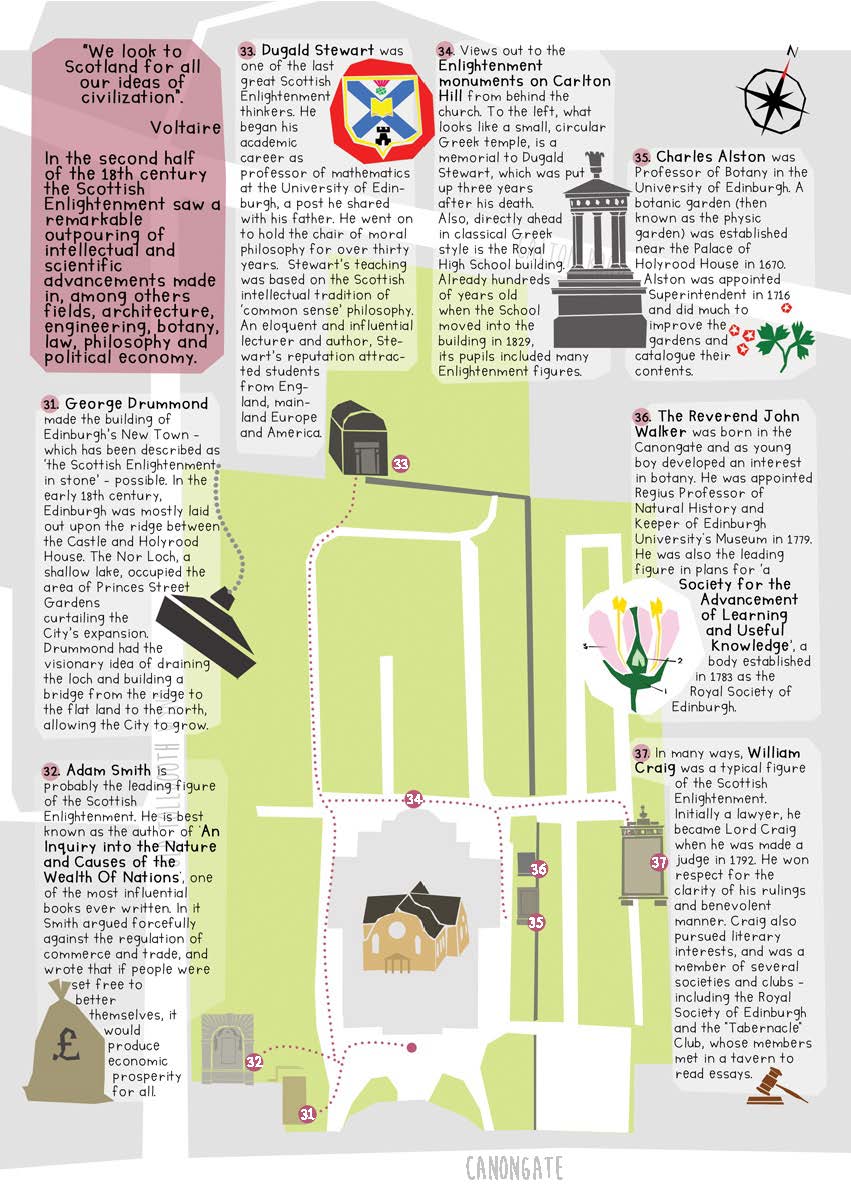Adam Smith
AKA:
The Father of Economics
Birth Name:
Adam Smith
Birth Date:
June 16, 1723
Birth Place:
Kirkcaldy, Fife, Scotland
Death Date:
July 17, 1790
Place of Death:
Panmure House, Edinburgh, Scotland
Age:
67
Cause of Death:
Decay
Cemetery Name:
Canongate Kirkyard
Claim to Fame:
Business and Finance
Adam Smith, a graduate of the University of Glasgow and at Balliol College, Oxford, was a Scottish economist and philosopher who was a pioneer of political economy and key figure during the Scottish Enlightenment. Also known as "The Father of Economics" or "The Father of Capitalism" he wrote two classic works, The Theory of Moral Sentiments (1759) and An Inquiry into the Nature and Causes of the Wealth of Nations (1776). The latter, often abbreviated as The Wealth of Nations, is considered his magnum opus and the first modern work of economics.
Fun Fact
Adam Smith has been described as someone who “had a large nose, bulging eyes, a protruding lower lip, a nervous twitch, and a speech impediment”. Smith is said to have acknowledged his looks at one point, saying, “I am a beau in nothing but my books.” Therefore Smith rarely sat for portraits and so almost all depictions of him created during his lifetime were drawn from memory.
Cemetery Information:
Grave Location:
Adam Smith CryptGrave Location Description
Across the street from the Edinburgh Museum is the entrance to the Canongate Kirk (Presbyterian Church). Standing in front of the church look to your left and walk 50 feet to the crypt of the Father of Economics, Adam Smith.
Grave Location GPS
55.95158763731476, -3.179891535719773Photos:
[+]
[+]
[+]
[+]
[+]
[+]
[+]
[+]
Read More About Adam Smith:
Videos Featuring Adam Smith:
See More:
Back to Top







